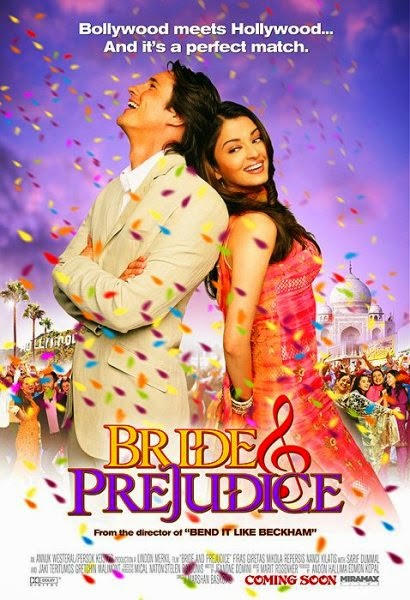Now that the Oscar ceremony is over, the sound and fury
surrounding the movie Selma has
largely subsided. All the points of controversy, among them the film’s take on
President Lyndon Johnson and the failure of the Academy to nominate director
Ava DuVernay and star David Oyelowo, are now pretty much moot. Certainly, I was
as surprised as anyone that Oyelowo won no nomination for his stirring,
convincing portrait of Dr. Martin Luther King. In a year when the portrayal of
real-life heroes (Alan Turing, Stephen Hawking, Chris Kyle) was being richly
rewarded by those with prizes to give, Oyelowo’s work certainly merited
recognition. Which was why, of course, the Oscar broadcast was at pains to
feature Oyelowo throughout the evening. (I’ve got to say—I loved that maroon
tuxedo.)
With the question of statuettes now out of the way, I should
add that I’m deeply grateful for Selma.
Not so much for its aesthetic achievements, mind you, as for its contribution
to the historical record. Needless to say, no feature film can ever hope to be
100% accurate. In telling a story that will connect with viewers over a
two-hour period, filmmakers necessarily cut corners and make mental leaps.
Still, even those of us who were alive during that tumultuous era need
reminding of what happened, and why it did. One key function of movies is to
give us visual images that allow the past to live on. With Black History Month
just wrapping up, it seems high time to salute Selma for putting before our eyes (even in a necessarily truncated
form) what went down on Alabama’s Edward Pettus Bridge in March 1965. What
happened fifty years ago has much to teach us about today’s racial divide, and
I thank DuVernay and company for the memories.
My viewing of Selma is
part of why I approached Marvin J. Wolf’s recent publication, I Will Vote, with excitement. Wolf, a
veteran journalist and my colleague in the Southern California chapter of the
American Society of Journalists and Authors, started out as an aspiring U.S.
Army combat photographer. In early March 1965, because the Army needed him at
Fort Benning, Wolf headed in his own car
from Los Angeles to Georgia via U.S. Highway 80. His route took him through Montgomery,
Alabama. As he approached Selma, fifty miles west of Montgomery, on the morning
of March 9, he was surprised to see this normally sleepy country town crawling
with cops. He soon learned that Dr. King was in the vicinity, supporting a
voting rights demonstration that had quickly turned ugly. (Around the time Wolf
arrived, a white Unitarian minister named James Reeb died from injuries inflicted
by white racists who’d been deputized by Jim Clark, the notorious sheriff of
Alabama’s Dallas County.)
Wolf had with him only three rolls of film. (Remember film
cameras?) He shot as many photos as he could, capturing the image of
neatly-dressed black protesters, solemn-faced white clergy, alert news
reporters, and policemen feeling the heft of their nightsticks. Wolf was
particularly taken by the earnest face of a black female college student
wearing a button that announced, “I will vote.” Then a rock was thrown in his
direction, and a giant of a deputy in bib overalls knocked him to the ground.
He prudently left town, and those three rolls of film were forgotten for almost
fifty years. How fascinating to see now what he captured then.
By the way, Marv has another new non-fiction book out, Abandoned In Hell, The Fight For Vietnam's Firebase Kate. Old journalists never die . . . thank goodness!
To look at the Civil
Rights era from another perspective, check out my colleague James McGrath
Morris’s new Eye on the Struggle: Ethel Payne, the First Lady of the Black Press. It’s gotten terrific reviews, and
I look forward to reading it myself.












